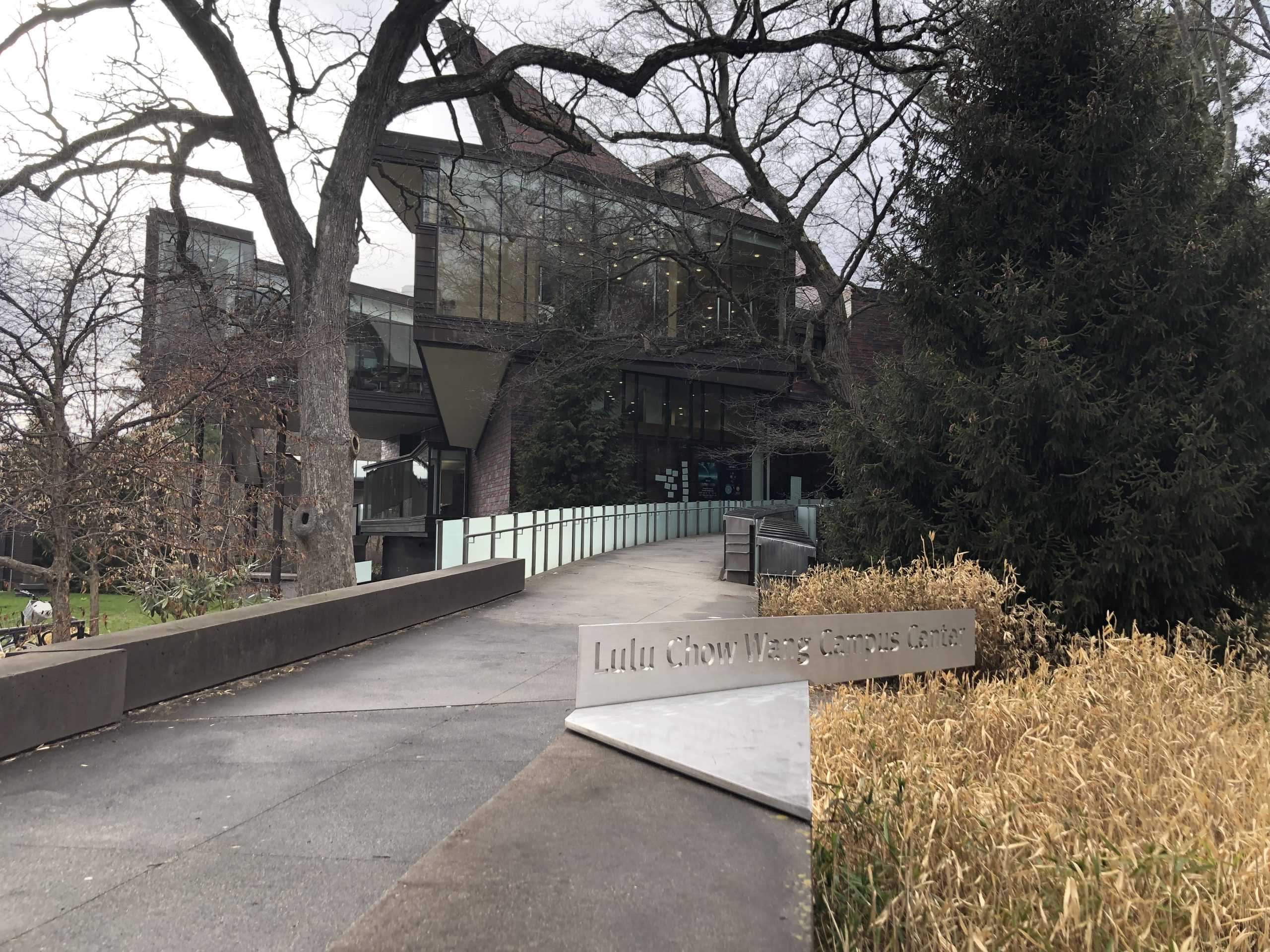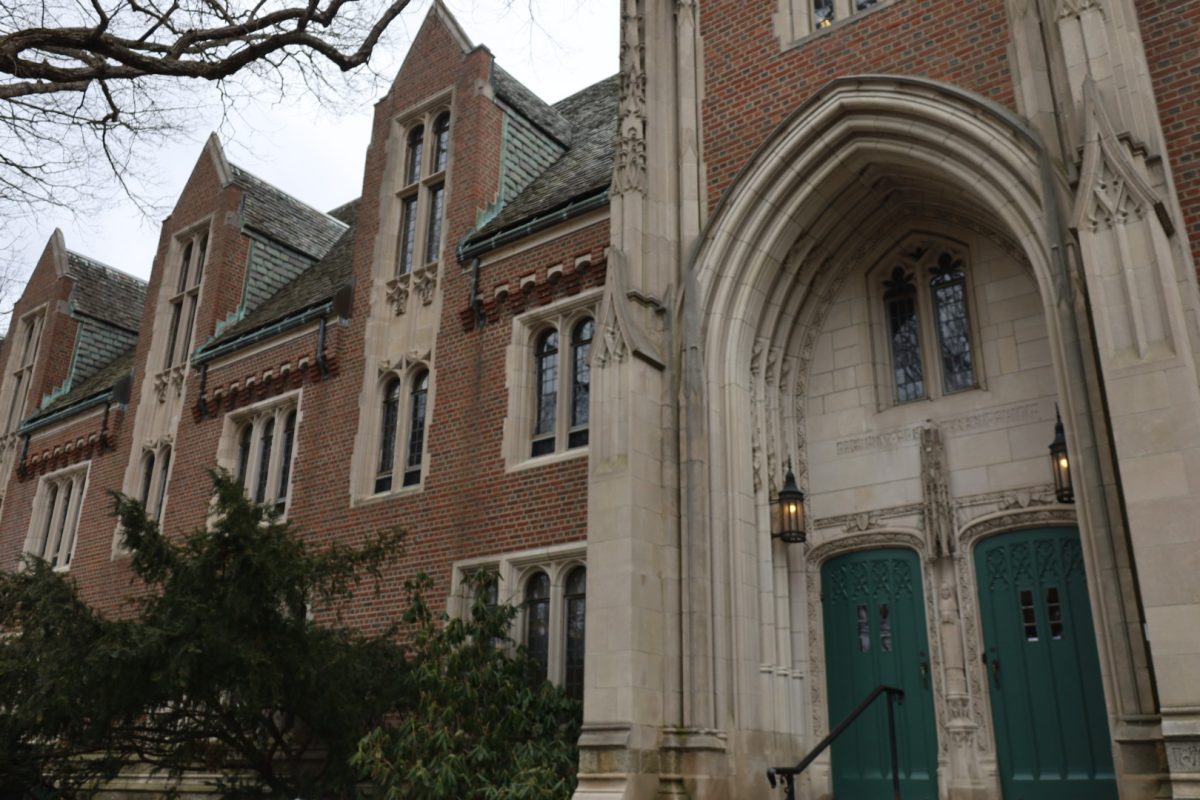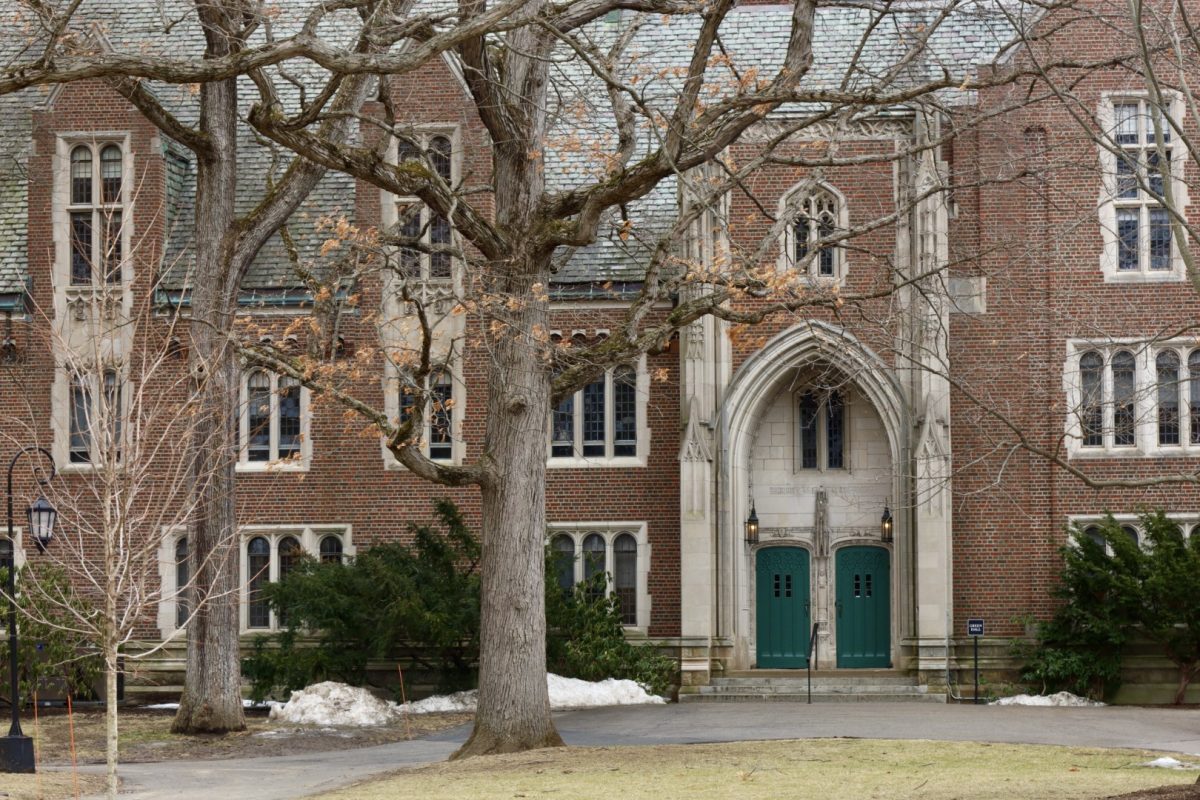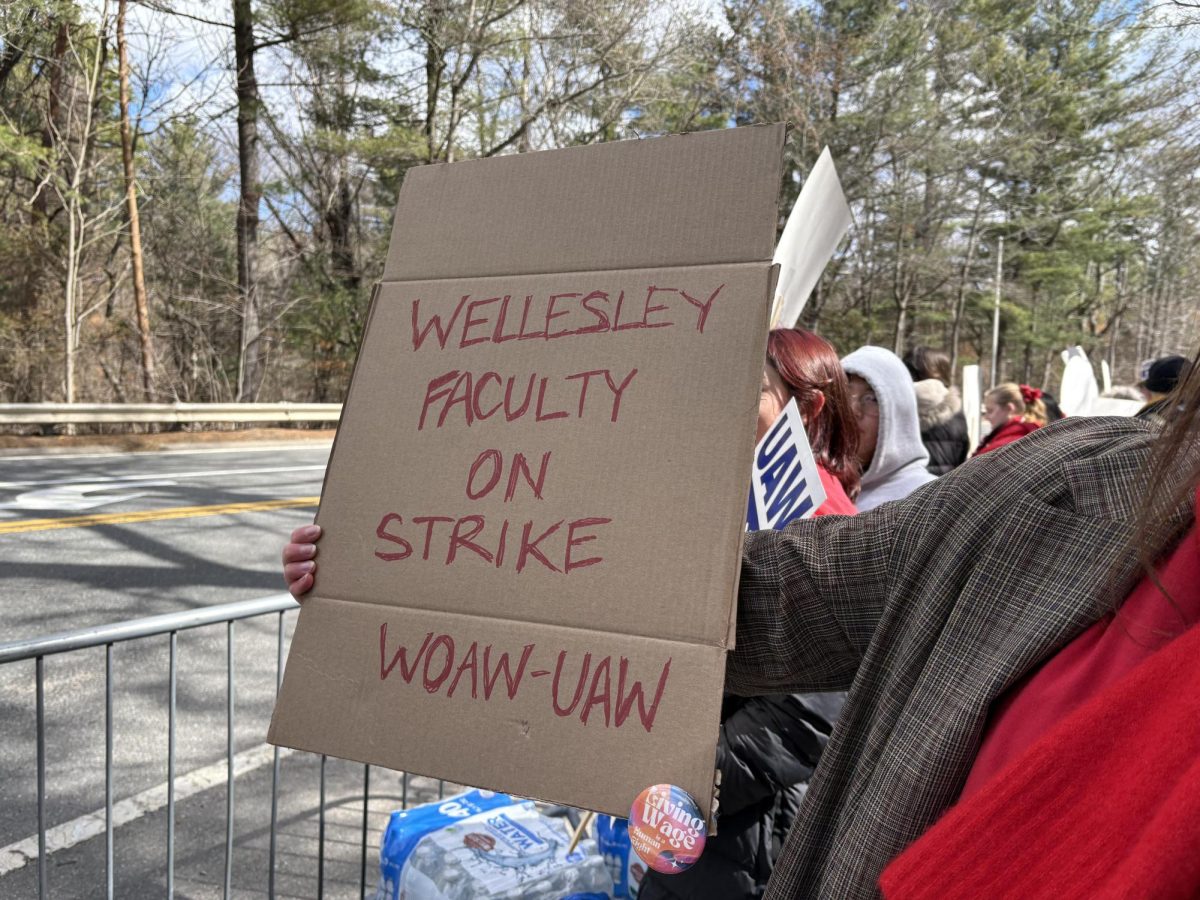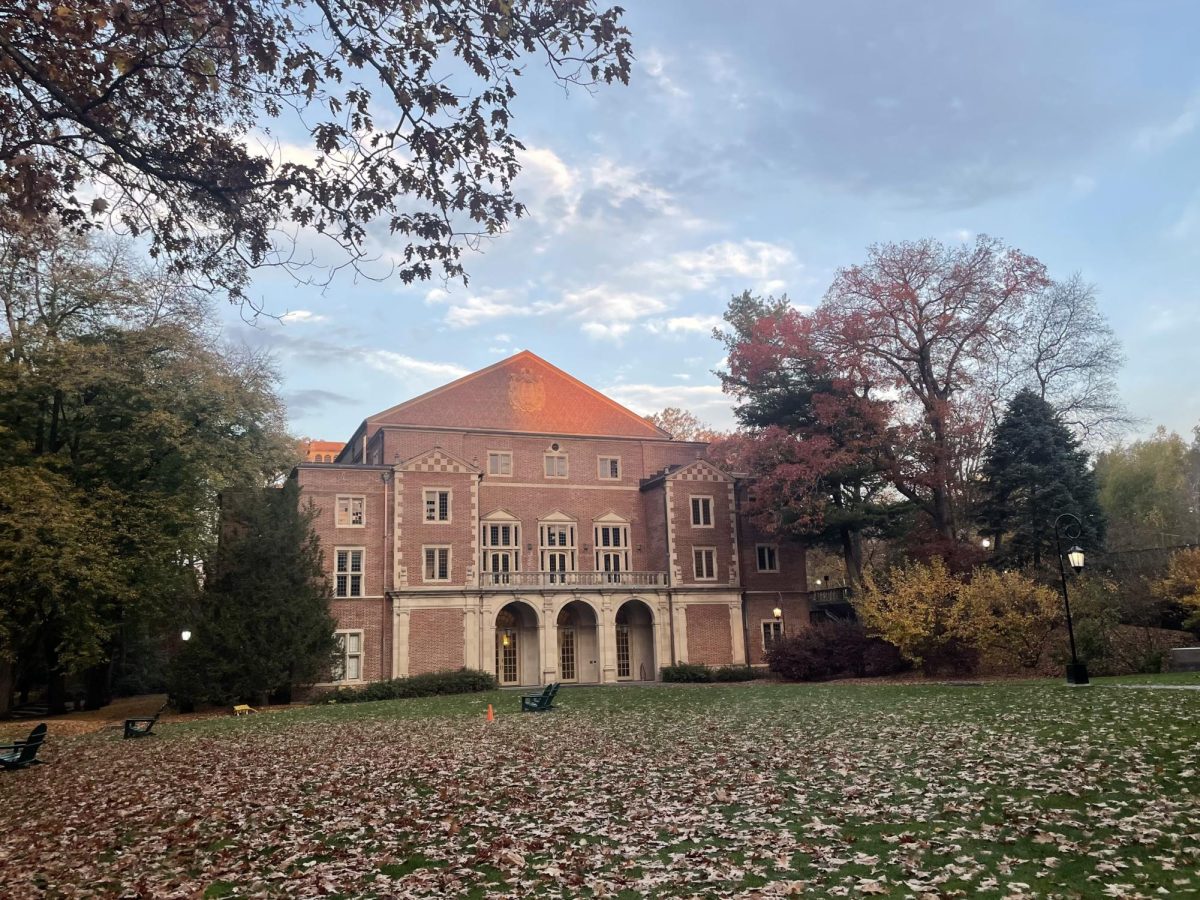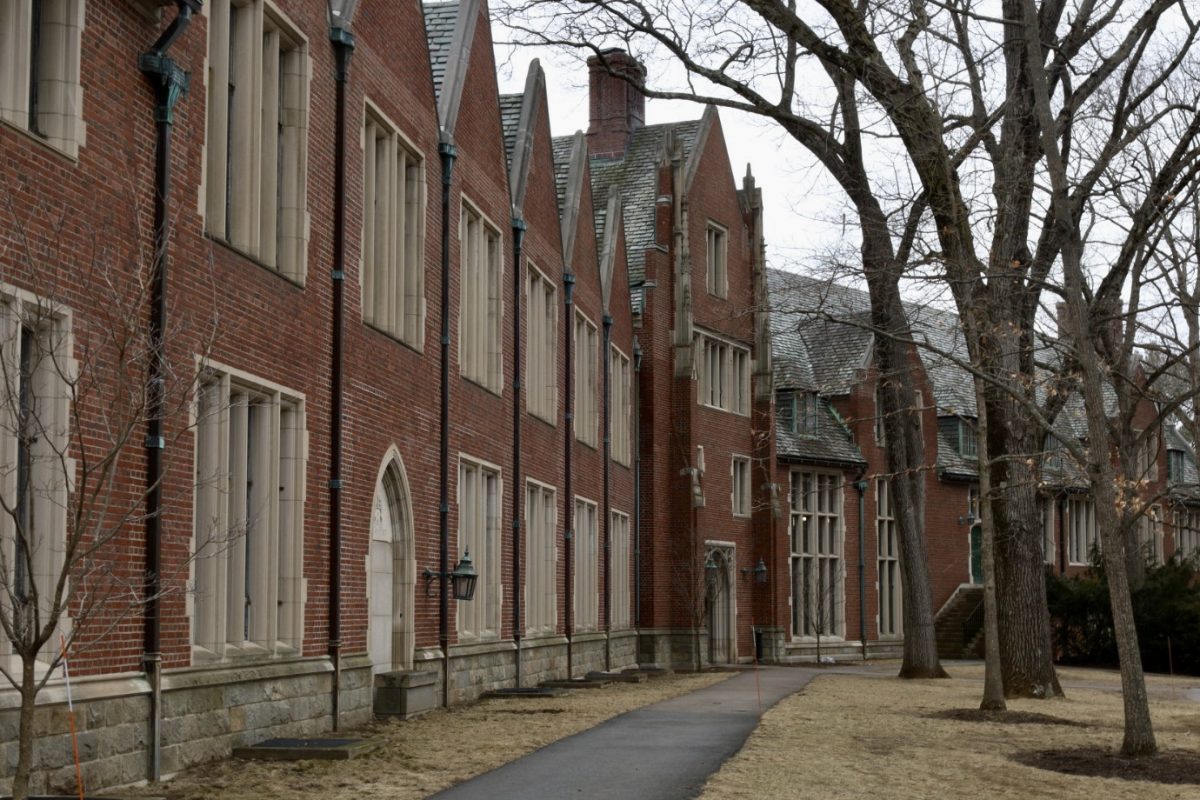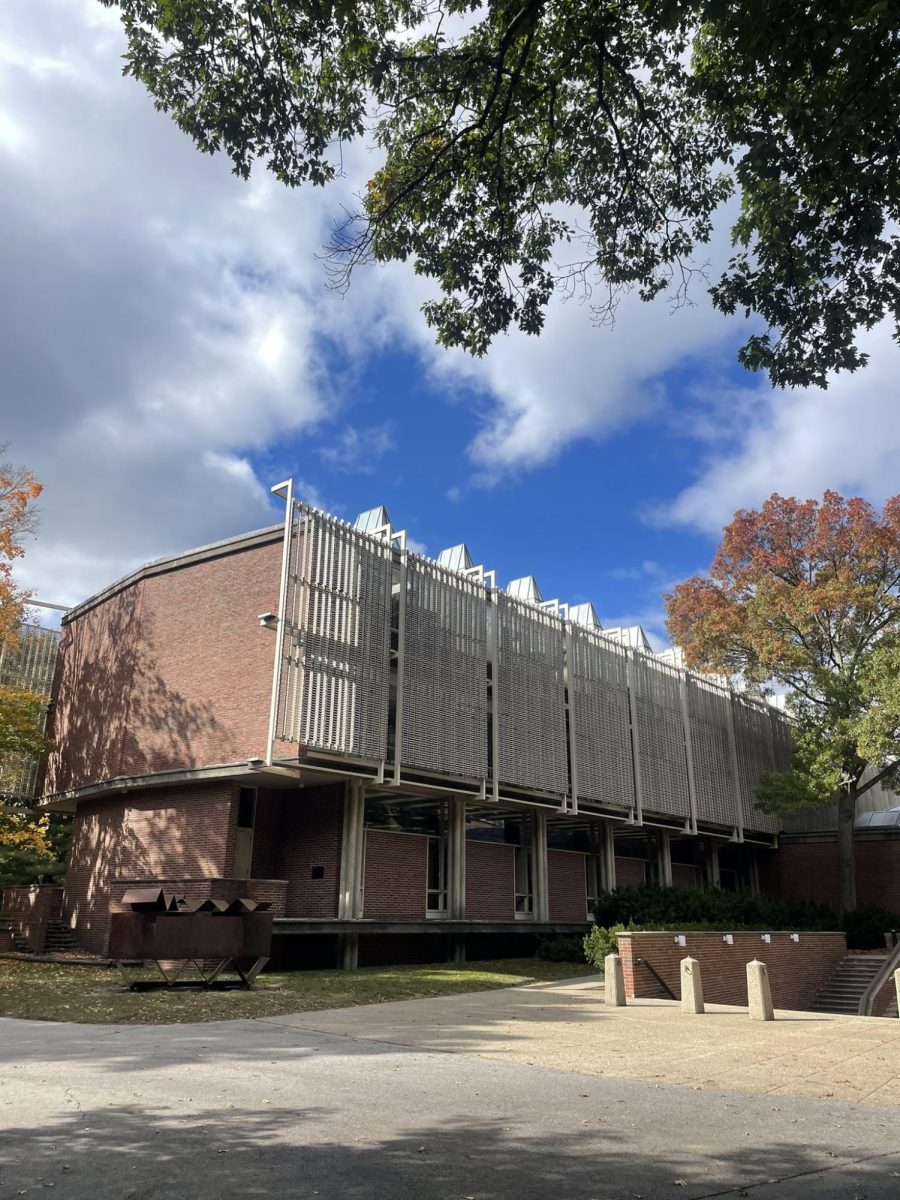Between this year and last year, there was a 28% decrease in funding distributed out of the Student Activity Fund.
The Student Bursar’s Office allocated a total of $674,877.38 amongst fully-funded organizations, Grant Clubs, Club Sports, Guaranteed Percentage Events, Class Councils, and House Councils for the 2024-25 school year. This is compared to a total of $932,812.49 for the 2023-24 school year, with both sums excluding the amount pulled for the Emergency Funding Pool, Recreation Grant, Conference Award Fund, and stipends for the College Government and Bursar’s Office.
The Wellesley Review is one of the many clubs who received a big drop in funding, with only $648.81 this year compared to last year’s $1,743.48.
“It’s so difficult to decide what's worth spending money on, and I feel like everyone fights about money … I feel like it is something that's going to cause strife between management and/or it has the potential to cause strife between management and the club,” Co-President of The Wellesley Review Emma McNulty ’26 said.
The Wellesley Review is not alone in this. Several clubs and organization leaders were left frustrated when their final approved funding for the 2024-25 school year was much less than anticipated.
Members of the Bursar’s Office understand such sentiments, but they explain that the stark decrease occurred not because of an intentional funding cut but because the Bursar’s Office gave student organizations an unusually large amount of funding last year.
Consequence of no Bursar last year
The Bursar heads the Bursar’s Office and acts as a liaison between Student Organization Funding Committee (SOFC), College Government (CG) Cabinet, and the administration’s Budgetary Advisory committee. The role and the Bursar's Office is to inform each group on college-wide financial issues, the lack of a Bursar last year caused a deficit in funding expertise.
“Last year, the [Bursar’s] Office did not know how to properly distribute the funds because there was no Student Bursar, no memory of funding distribution, and because we lost the Bursar so quickly ... Orgs were asking ‘what's our budgets’ [so] members of the Office — Penelope and I were not involved in that decision I should clarify — made the decision to take out of Contingency and just give everyone what they asked,” Deane said.
Contingency is the pool of leftover money at the end of a year. Members of the Office refer to Contingency as a sort of bank to pull money from in emergency situations. Last year, the Office acted out of the ordinary, pulling about $300,000 out of Contingency to grant organizations the amount of funding they requested.
Excluding the 2023-24 school year, the average Student Activity Fund from 2017-18 to 2024-25 is $730,468.85. Last year’s Student Activity Fund was $999,312.49.
Notably, SOFC decides on which organizations receive how much money, and the Bursar’s Office only allocates the money.
“None of the normal formulas or distribution policies that we have in order to distribute the funds fairly and appropriately were able to be executed last year, so the budgets that people got last year were very, very abnormal,” Deane said.
Office pulls from Contingency again for 2024-25 school year
This year, the administration lowered the student activity fee, which each student pays in their tuition, from $320 to $296. The Board of Trustees approved this decision as part of the College’s annual budget process.
“The Student Activity Fee was reduced because of significant carryover in that budget line. At the end of last year, SOFC had approximately $530,000 in unspent funds. When a department has unspent funds, the College’s standard practice is to moderate further budget increases,” said Director of Media Relations Stacey Schmeidel.
Since there was no Bursar serving as immediate contact last year, the Office was unable to explain to the administration the circumstances — mainly residual impacts of the COVID-19 pandemic where no physical events took space, such as a fewer number of clubs and events — that led to unspent funds last year.
“In a normal year, [the Office] gets to at least be a part of those conversations or influence them a little bit, and we did not have that specific voice last year,” Head Bookkeeper Penelope Gordon ’25 said.
Members of the Office expressed their sympathy in how organizations expected to receive more funding than they did.
“I really feel sad for the orgs because it’s not any student’s fault [that orgs received less funding this year]. It’s an administrative level thing that students do not have control over,” said Bookkeeper Ruth Jaiyeola ’27.
Together with the drop of enrolled students, it appeared that the Student Activity Fund would be significantly lower. However, the Office chose to once again pull money from contingency to return the Fund to a standard amount.
“They did decrease the Student Activity Fee, yes, however that has not affected the overall organization budgets, at least for this year, because we’ve artificially inflated it with Contingency money to get it up to that $800,000,” Deane said.
The Bursar’s Office was able to do so due to a large amount of money being reverted into Contingency due to COVID-19. Between last year and this year, however, the Office has distributed this surplus sum, leaving there “less wiggle room to borrow” for future years.
As such, the Bursar’s Office is working with the administration to “sustain a healthy amount of Student Activity Funding” for future years.
“I don't want to promise something, but we definitely, on our end, are looking to increase the Student Activity Fee. We're doing all this data to see what a healthy amount [is],” Deane said.
Nonetheless, the Bursar’s Office stresses that organizations should not apply for more than needed to prevent unspent money.
“When orgs apply for a lot of money and then don't use all that, that negatively impacts the student activity fee because admin sees how much money is reverted, and they're like, ‘oh, so we don't need this amount of money,’ which might not be true. Other orgs could use that money,” Deane said.
What impacts funding distribution?
The Office follows a dollar-per-student model, where it considers how many people will attend each event and how much money per student the event will cost.
“We prioritize those events that are cheaper per student, for example, huge events that benefit a lot of students. [This is] because that means the Student Activity Fee that they’re paying, they’re benefiting from. Those events get funded before more expensive events,” Deane said.
This year, the Office is strict in prioritizing event money and funding that is necessary for an organization to run (coaches, sports equipment, etc.) over food money.
“A lot of the cuts that were made if organizations got their approved budgets cut was in food … we have in our Constitution that we can only fund 35% of the total budget toward food,” Deane said.
However, many organizations, particularly cultural organizations, are heavily impacted by funding cuts for food. Co-President of the Wellesley Taiwanese Cultural Organization (TCO) Michelle Lee ’25 expressed that funding is tight between event and food money.
“It’s really difficult, almost impossible, to use event money for food money … As a cultural org, food is really important to us,” Lee said.
Despite its consequences, the funding hierarchy answers a circulating question of why some organizations receive more funding than others. When asked why the Nordic Ski Team, for example, received a large sum of money in the past few years, Deane explained that Club sports must require more funding to legally exist: these teams must attend a certain number of races or tournaments in order to be recognized by their National Governing Body, i.e. USA Nordic.
“It’s a lot [of money], but …we actively worked with Physical Education, Recreation, & Athletics (PERA) last year to cut Club Sports to the bare minimum that they can in order to function … Club sports collectively cannot take more than 17% of the Student Activity Fund,” Deane said.
SOFC procedures likely to change in forthcoming years
The Wellesley News obtained data from the Bursar’s Office that for the 2024-25 school year, organizations applied for a total of 116 more events than they did last year. Organizations are also more active, hosting more events, as the College bounces back from the pandemic.
“Even taking inflation into account, there's still an increase in how much orgs want to do. There have also been significant changes within the past year … people are hiring different workers … before the pandemic [CG Cabinet] did not have stipends. The stipends that come out of the student activity,” she said.
While numbers continue to fluctuate, members of the Office remind the student body that their current process for fund distribution has only been in place since the 2019-20 year. As such, SOFC, the Bursar’s Office, and CG Cabinet is looking to see how they can change the policy process to “fairly and appropriately” distribute funds.
Ultimately, Deane sees the Bursar’s Office as an underutilized resource and encourages students who have questions about the funding distribution process to visit the Bursar’s Office when she or Penelope hold Office Hours.
“Our entire job is to help student organizations get as much money as they need, and to help them to spend that money in the correct way … There have been times where people have negative ideas of the Bursar’s Office because of decisions we don’t make, and that is something we have been working on: to rebuild community ties,” Gordon said.
**Correction: An earlier version of this story indicated that the total allocated by SOFC for the 2024-25 school year was $681,902.70, this number represents the amount allocated only for organizations in the 2024-25 school year, the total allocation was $790,000.00.
Christina Ding contributed to reporting.
Contact the editors responsible for this story: Valida Pau, Sazma Sarwar, Galeta Sandercock

